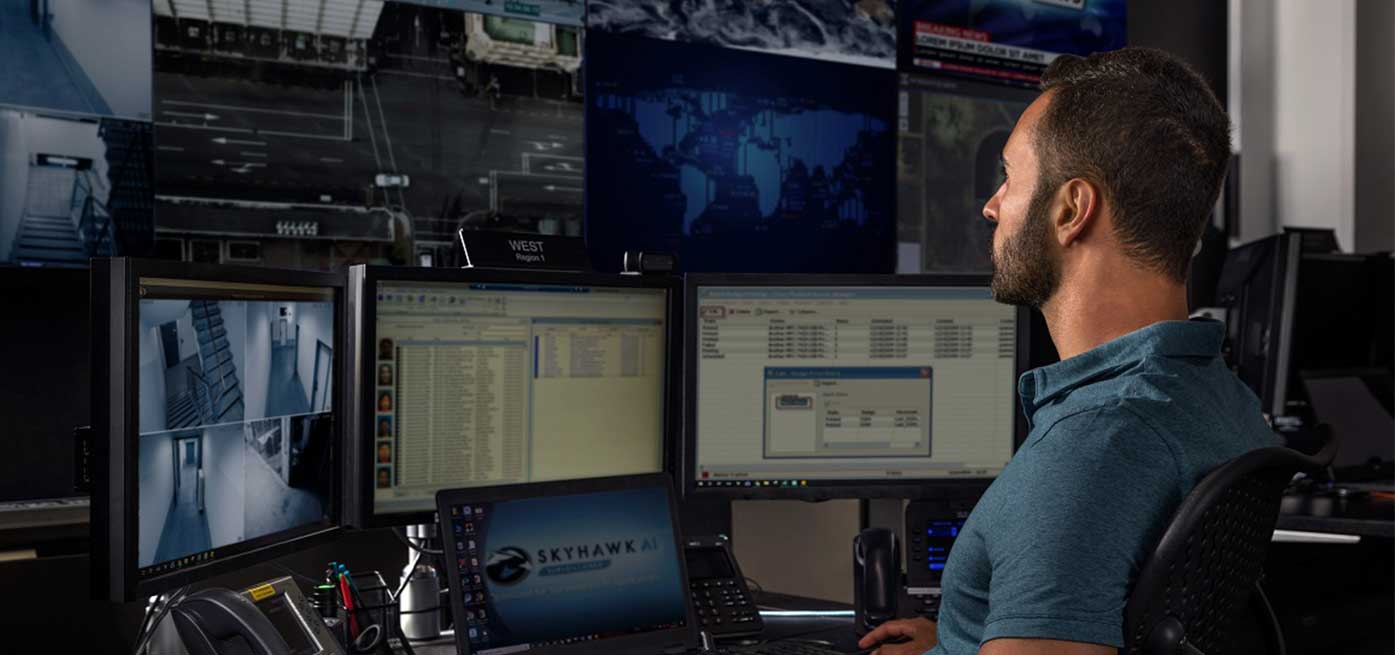
How to Block Drones with a Drone Jammer
In an age where the sky is dotted with drones, the importance of drone jammers has never been more significant. From commercial deliveries to personal

At first glance, the transmission path for mobile telephony seems uncomplicated: digital radio signals are sent from one cell phone to another or from a cell phone to a landline phone. In practice, the calls and data pass through a series of intermediate stations before they reach the recipient. The transmission path in mobile communications starts with the route from the mobile phone to the mobile radio transmitter of the radio cell in which the respective mobile phone user is located. From there, the information has to be forwarded to the mobile radio cell where the recipient is located. The signal jammer can cut off that information, so the recipients can’t receive anything if they stay within the coverage range of the jammer.
The mobile radio base station picks up the radio signal from a mobile phone, and thus the information is transmitted via its receiving antenna. It then passes this on to the mobile service center via cable connections or directional radio. The calls are switched here, and the entire course of the call is controlled from the call to the end of the call. The Mobile Service Center also performs call forwarding, call waiting, or multiple calls. This also includes entering the invoice data.
At the mobile switching center, the call is either transferred to the fixed network or to another mobile switching center, which forwards the call to the nearest base station. From there, it reaches the recipient’s cell phone. Suppose the signal jammer works near the recipient. Those signals will interfere with the white noise signals sent from the signal jammers. That’s how the jammer works.
The transmission path in mobile communications
Some signal jammers also have built-in directional links to improve the effective distance. The data transmission between the base stations and the mobile switching centers occurs via cable connections or directional radio links. With the help of directional radio, signals in the gigahertz range can be sent and received. This is done with circular parabolic antennas: directional antennas built like a dish, which have a parabolic reflector and bundle, record, and forward electromagnetic fields. It is transmitted in the microwave range between 2 gigahertz and 60 gigahertz, with the maximum range decreasing as the transmission frequency increases. At 2 gigahertz, it is between 40 and 100 kilometers; at 10 gigahertz, a maximum of 30 kilometers.
Since a direct line of sight is always required for directional radio links, the data is often forwarded via so-called directional radio relays), which are often mounted on a roof together with base stations. They receive and amplify the radio signals and then send them to the next relay. Here, the maximum distances are frequency-dependent. At frequencies of 2 gigahertz, they can be between 40 kilometers and 100 kilometers. The range is reduced at higher frequencies and is a maximum of 30 kilometers at 10 gigahertz.
When using cell phone, the mobile transmission path is dynamically adjusted. This means The route of information transmission changes depending on the location of the sender and receiver. Suppose a mobile phone user changes the radio cell during a call. In that case, the system automatically switches to the adjacent radio cell (handover) and terminates the connection to the old cell without the phone user noticing anything.
To decide when it is necessary to hand off a connection, the transmission quality is measured. The cell change is initiated when the cell falls below a certain threshold or when changing the radio cell means improving the transmission quality.
Our frequency checker tool will help you check all frequency bands used in all country.

In an age where the sky is dotted with drones, the importance of drone jammers has never been more significant. From commercial deliveries to personal

Protect your vehicle’s location privacy with a professional guide on GPS jammers. From selection to legal considerations and installation tips, we’ve got you covered. Key

Here’s a step by step guide on how to build your own GPS jammer. Below are the main steps we are going to introduce in

A home network is a group of devices (computers, gaming systems, printers, smartphones, tablets, and wearables) that connect to the Internet and each other. The

You want to use a cell phone jammer at home for many reasons. Maybe you just want to stay and relax without anyone bothering you

Cell phone jammers are often used in government agencies and offices to create privacy and the impossibility of leaking important information. They began to be

As great as the benefits of using GPS are, the technology can be misused quickly. This is the case when people are secretly monitored in

Supplying high quality signal jamming devices since 2010. The only jammer store you can trust.
Jammer Master © 2024. Premium Signal Jammer Supplier Since 2010.